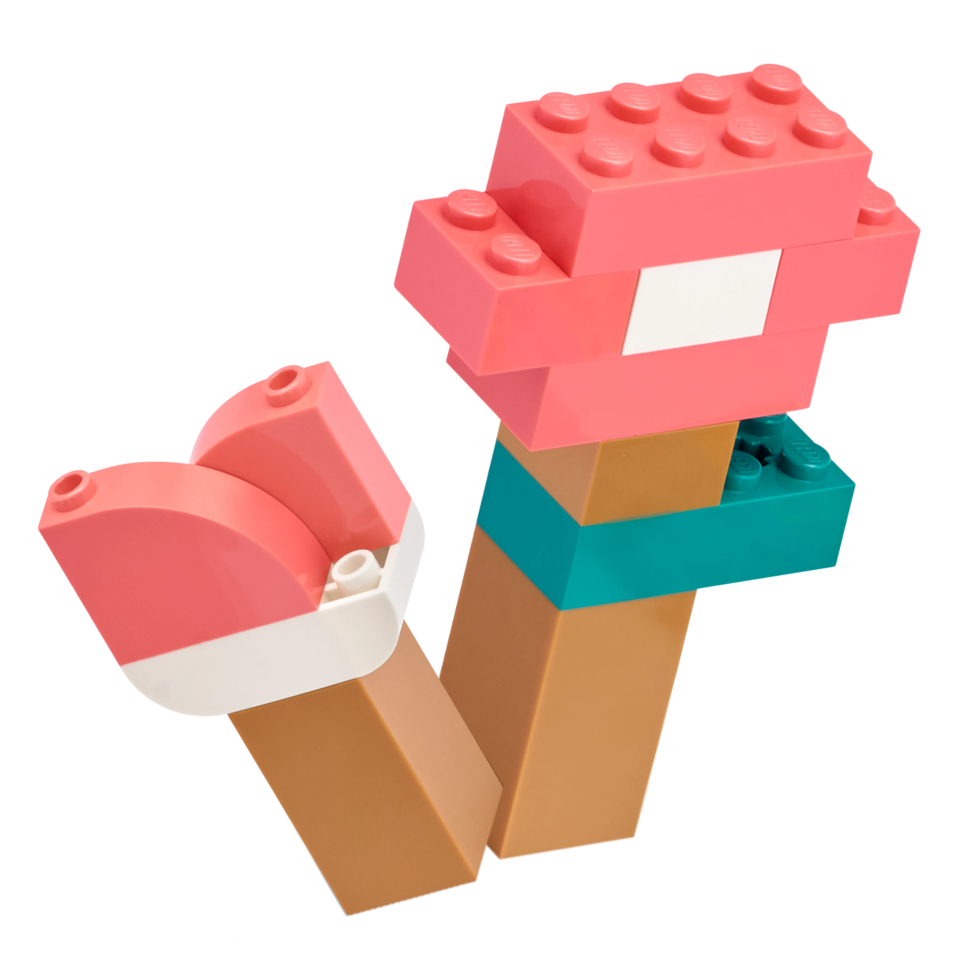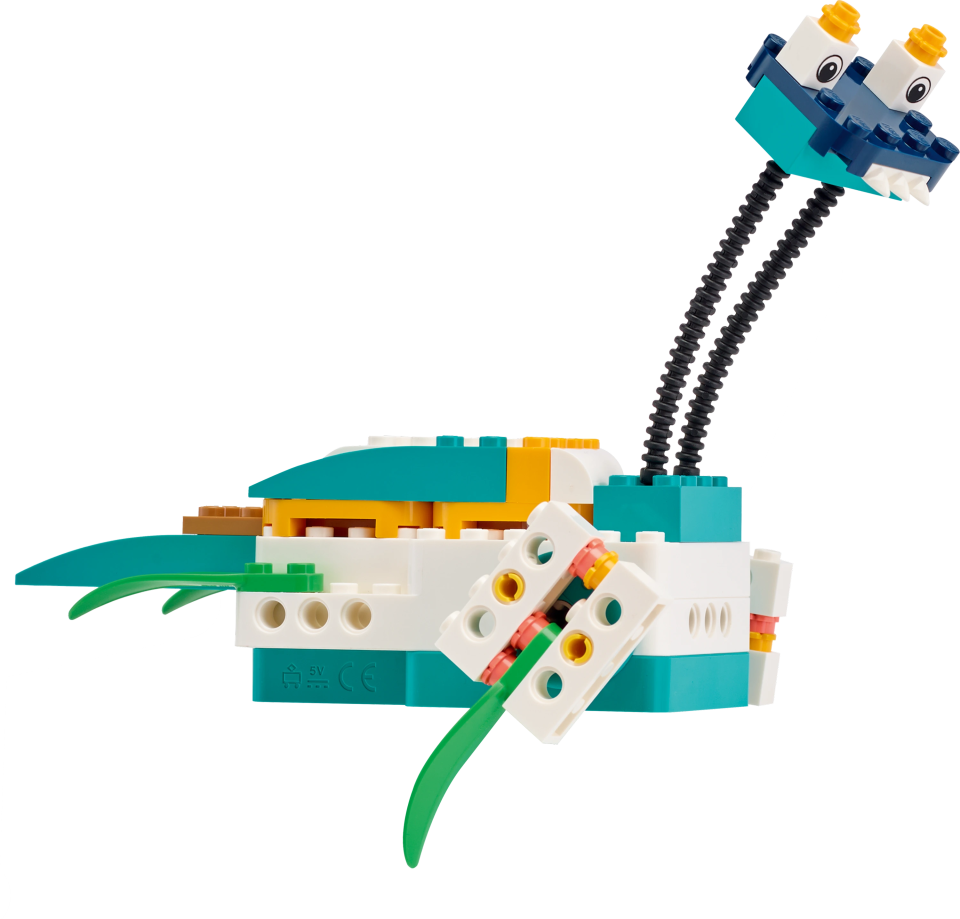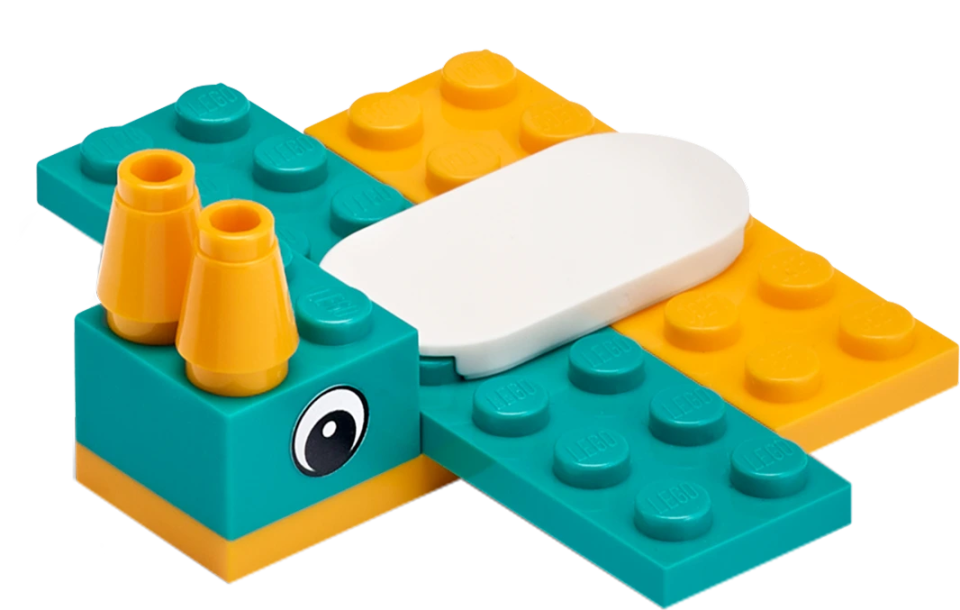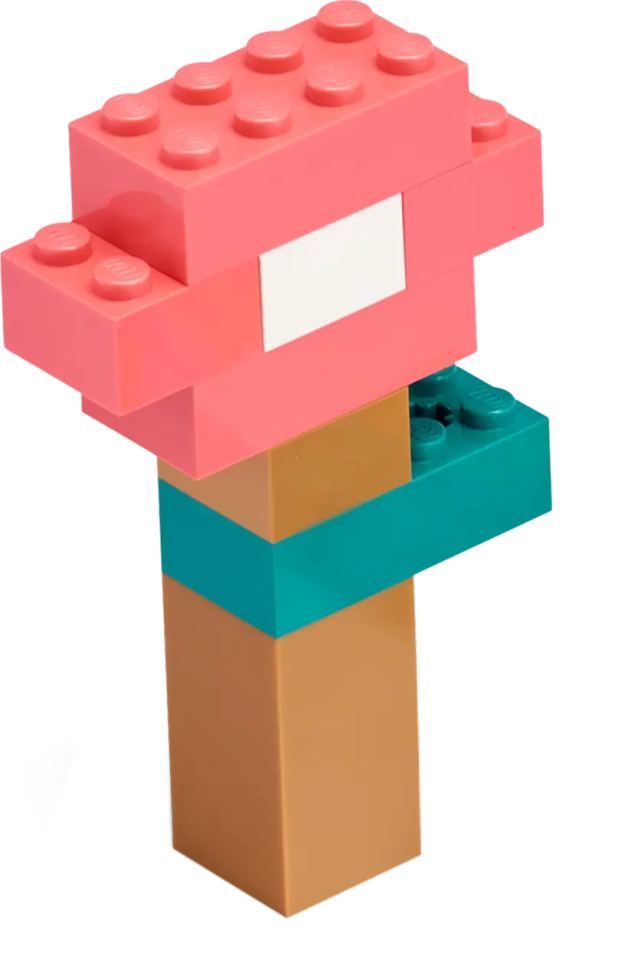STEAM Heroes: Real Professionals Building Playful Cities
Imagine your students buzzing with excitement. Not because recess is coming, but because they just solved a real problem in their community. They're thinking like engineers, creating like artists, and problem-solving like scientists—all while having fun.
This is project-based service learning at its finest. Connecting learning to community improvement encourages students to be curious about the world around them, and curiosity and play go hand in hand.
Did you know that play is such an integral part of human development that the UN has designated June 11 as the official International Day of Play? On a global, national, and local level, people unite to celebrate and elevate the importance of play. Across the LEGO group and at LEGO® Education, we are celebrating with World Play Day festivities and activities that acknowledge the importance of play.
At LEGO Education, we invite students and teachers from across the globe to join the Play Spot adventure. In this classroom adventure, students will identify and reimagine underutilized spaces in their cities, communities, and towns, turning them into inviting play zones that foster community connection and solve real community problems.
Throughout the adventure, students will apply science, technology, engineering, and math (STEAM) skills to innovate, collaborate, and think critically. While designing and creating their play spot, students will act as STEAM professionals—inventors, engineers, ecological planners, and more—to tackle hands-on design challenges to overcome real-world obstacles in their communities.
Every student should be able to imagine themselves in STEAM professions. As we approach World Play Day, let's meet four mission-driven professionals who prove that the best work happens when we mix serious problem solving with playful thinking.
Marium Konsouh: Ecological Planner
What are Marium’s responsibilities?
Marium is an ecological planner who helps corporations understand complex environmental rules and turn them into real actions for a greener future. She helps companies follow environmental laws and creates tech solutions to reduce pollution.
How does Marium use STEAM skills at work?
Complying with environmental regulations requires a lot of data, so environmental planners like Marium use math to understand and find patterns in large sets of data. She applies science knowledge about environmental formulas and pollutants to help keep companies and communities sustainable and safe.
What was Marium’s career path?
Marium studied Environmental Science at UNC Chapel Hill, focusing on Smart Cities. This prepared her to combine smart city technology with environmental protection. A smart city is an urban area that uses technology to improve the community’s infrastructure and make the quality of life better for its citizens.
How does urbanization affect biodiversity? Marium knows, and she’ll teach you how to mitigate the effects. As an ecological planner, Marium has researched for and consulted with governments, education institutions, and corporations about urban innovation and sustainability.
How does Marium’s work impact cities?
Marium's work keeps our planet healthy for future generations. For example, she used STEAM skills to clean a polluted river, and now families can play there again. She also brought gardens to low-income neighborhoods, knowing that green spaces help mental health, provide food for all ages, and bring communities together.
How has Marium’s childhood influenced her career?
Marium's passion started when she traveled to Egypt as a kid. Driving along the banks of the Nile River, she watched her cousin throw litter out the window. She was shocked by the disrespect for nature, and that passion grew into a career protecting the planet.
How does Marium solve challenges at work?
Marium focuses on smart city problems and solutions. Besides advising corporations and communities about how to keep their water and environment clean, she helps them create climate adaptation strategies so they can be resilient in a changing climate.
When Marium sees a neglected space, she asks, "How can I make this space more sustainable and better for people?" With a creative and playful mindset, she interviews different age groups to learn what they need and want to see in the reimagined community space.
How would you redesign a sustainable and smart city lot?

Kati Ballares: Public Art Program Director
What are Kati’s responsibilities?
Kati is the Public Art Program Director who leads Scottsdale's public art program, where creativity meets engineering and technology to enhance cultural development.
She works with the city to hire artists, planners, project managers, and engineers to create artwork for buildings, parks, and public spaces. As public arts manager, she helps architects plan the foundations of art installations, and sometimes she visits the construction team at the site as they’re building sculptures.
When brainstorming urban arts initiatives and ideas for public art installations, Kati considers Scottsdale’s community identity and the benefits of public art for its citizens. She thinks about how people will play with and experience each piece.
How does Kati use STEAM skills at work?
Kati uses all five STEAM areas. She applies science and technology to understand materials, works with engineers to build strong foundations for sculptures, uses math for budgets and planning, and brings it all together with an artistic vision.
What was Kati's career path?
Kati’s path included a Bachelor's Degree in Visual Art from Covenant College and a Master's Degree in Arts Administration from Winthrop University. Her studies gave her both creative and business skills.
How does Kati’s work impact cities?
One of Kati's favorite projects is LOVE, a sculpture symbolizing peace, by Robert Indiana in Civic Center Park. People use it for special photos and moments. She also worked with an artist and a drone company to create art using fifty drones. Imagine how inspired the children of Scottsdale felt watching those drones float across the sky.
How has Kati’s childhood influenced her career?
When Kati was growing up, her dad told her, “Find what you love, and figure out a way to make a living doing it.” For Kati, that love centers around making people in her community feel happy when they find interactive art in unexpected places.
How does Kati solve challenges at work?
In one project, Kati helped turn empty lots and abandoned sites into community paths and green spaces. She hires artists to create installations that combine art with landscaping, transforming uninspiring spaces into beautiful gathering places.
How can you beautify your “Play Spot” using interactive public art?
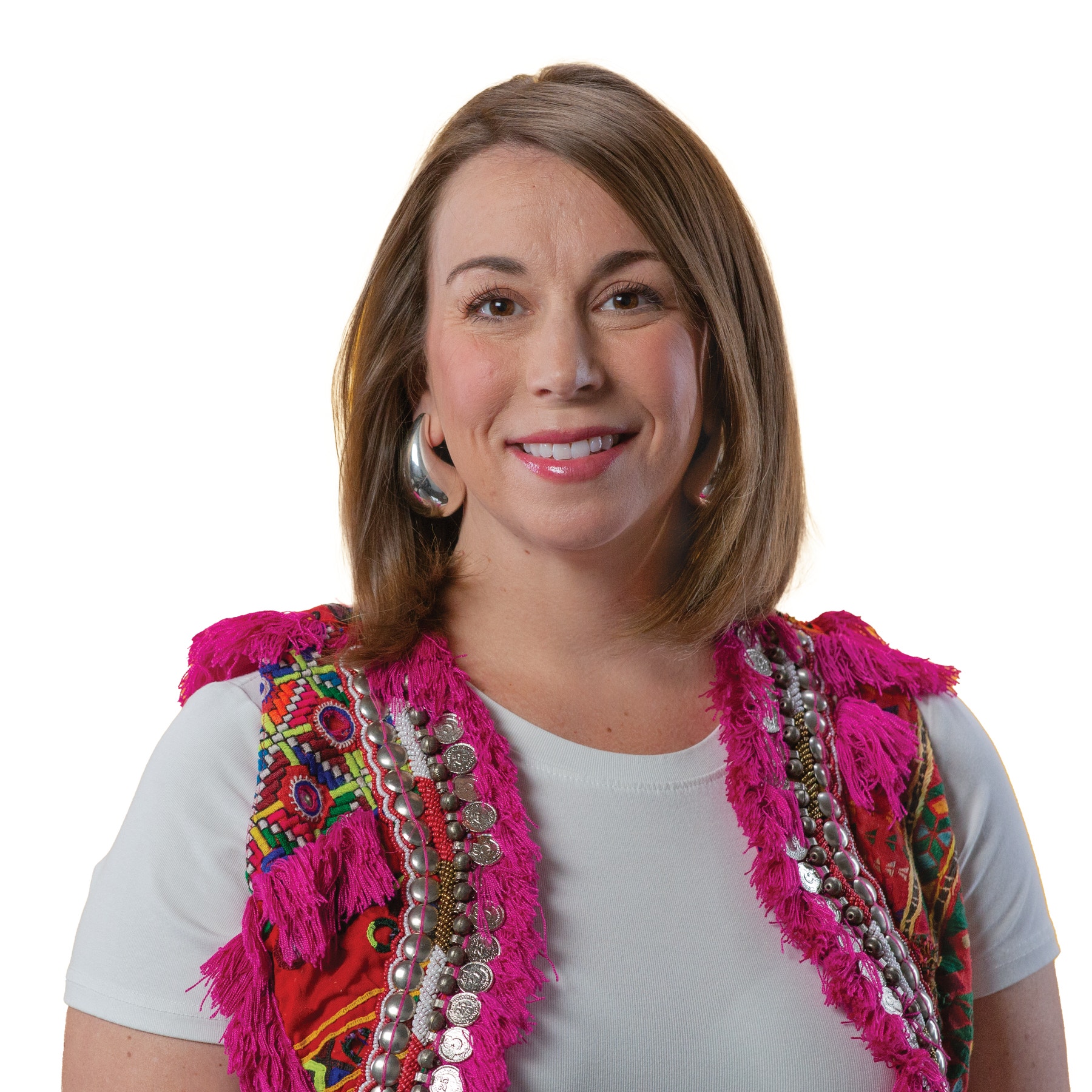
Zoe Eather: Smart City Technology Expert
What are Zoe’s responsibilities?
Zoe is a Smart City Technologist who is CEO of My Smart Community and host of The Smart Community Podcast. She teaches how communities can use technology to become more connected, sustainable, and focused on people in a way that’s easy to understand. She explains to audiences around the world how tech can make the places where we work, live, and play better for everyone.
How does Zoe use STEAM skills at work?
Zoe believes the goal of smart cities of the future is more than flying cars. She believes that they will be cities where people are happy to live. To further this mission, Zoe uses new ways of thinking, coding, data, and technology to solve city problems. She understands data science and artificial intelligence, helping cities make smart decisions based on information.
What was Zoe's career path?
Zoe has a PhD in Data Storytelling and AI from University of Technology Sydney, a Master's in Data Science from University of Southern Queensland, and a Bachelor's in Civil and Environmental Engineering from Queensland University of Technology.
How does Zoe’s work impact cities?
Zoe uses her smart city knowledge to think about future cities and how to make them accessible and sustainable. One cool project involved installing cameras and AI algorithms on garbage trucks to detect potholes. Since garbage trucks travel every street weekly, they can track potholes that need to be filled so people in the community have a smoother and safer drive.
How has Zoe’s childhood influenced her career?
As a kid, Zoe's interest in city planning and technology was sparked by playing Sim City. She enjoyed building cities and communities and watching how they interacted.
How does Zoe solve challenges at work?
According to Zoe, collaboration is the most important skill in her work. When you know how to work with people, you can reach a win-win solution.
Zoe makes her work fun by approaching it with a lighthearted attitude. The magic happens when she tries new things, fails, and learns from failures to create better solutions. Zoe watches what people do and feel in spaces, then thinks about how to improve them. She focuses on real human needs when designing tech solutions.
What are people already doing and feeling in an underutilized space in your community, and what would you do to improve it?
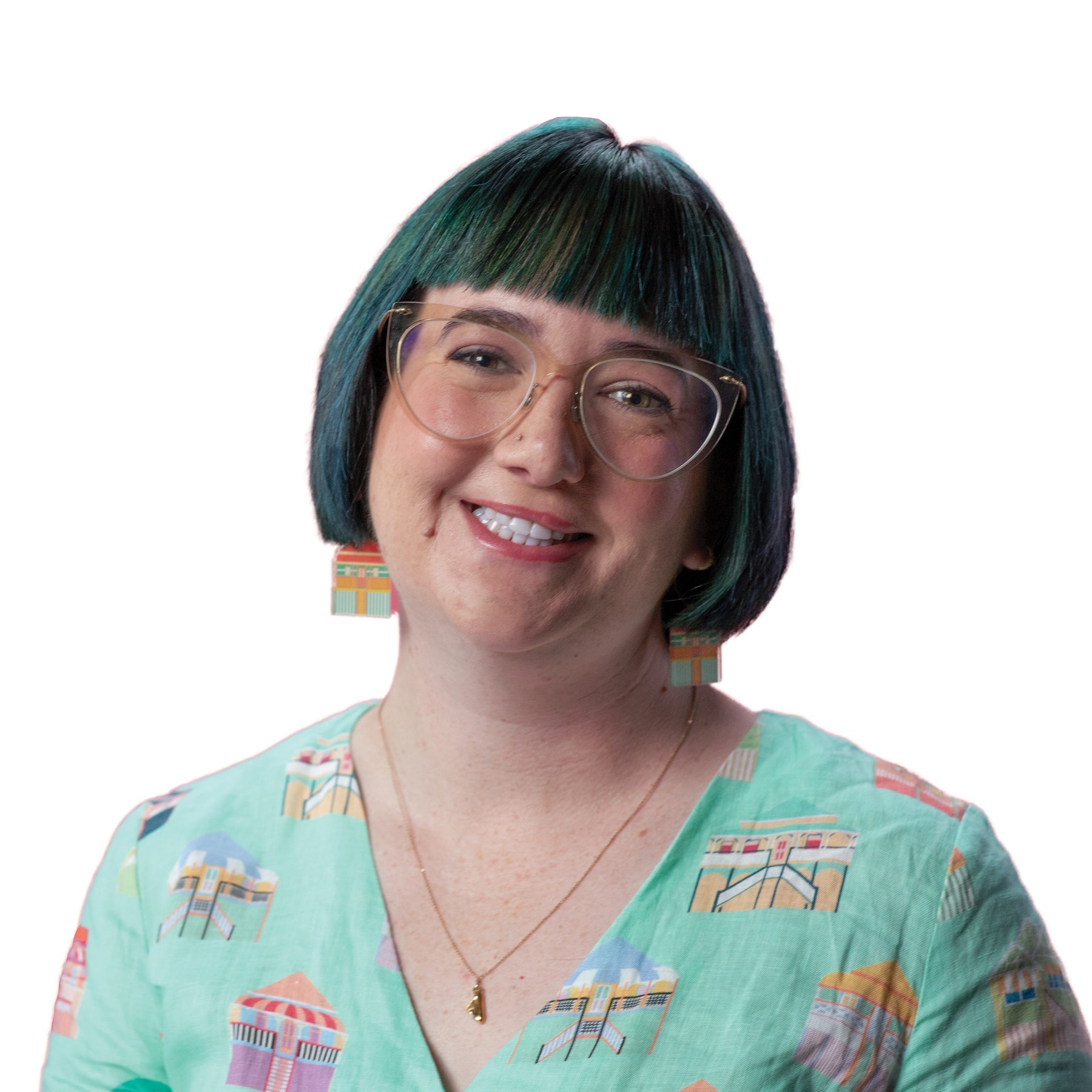
Andrew Joseph: Landscape Architect and Urbanist
What are Andrew’s responsibilities?
Landscape architects like Andrew design everything outside of buildings — parks, streets, plazas, and community spaces. As a registered Landscape Architect and Urbanist in New York City, he designs green infrastructures where people can play, gather, and enjoy nature.
How does Andrew use STEAM skills at work?
Andrew uses math for calculations involving water flow and building measurements. He uses technology like AutoCAD for designing, and he applies science through plant and earth sciences, ecology, geology, and soil science to create sustainable outdoor spaces that are unique and exciting.
What was Andrew’s career path?
In school, Andrew wanted to understand urban landscape design, cities, and how people exist within them. He followed his curiosity to study philosophy and photography while exploring the city.
Still curious and eager to learn, Andrew earned a Master of Landscape Architecture from Spitzer School of Architecture and studied at Fordham University.
How does Andrew’s work impact cities?
Andrew designs parks, plazas, and playgrounds where kids can play—bringing joy to communities. He also provides low-income tenants with beautiful, sustainable places to live with projects like designing terraces for the first Passive House in the Bronx.
How has Andrew’s childhood influenced his career?
As a child, Andrew was adventurous, and in his words, a little reckless. He spent time outdoors running up hills and jumping off things. Andrew says being a designer means "always engaging with new ideas and thinking outside the box. It's the same as when you play."
How does Andrew solve challenges at work?
“Architecture is an adventure,” Andrew says. “There are no clear-cut answers and you’re always searching for the next interesting, beautiful thing.”
Our cities need to adapt in a changing world with sustainable urban design. Andrew faces challenges like finding a beautiful way to make the most of a space and providing people with a safe, healthy, and joyful place to co-exist.
How will you make the most of your space? Will your play spot be a park, plaza, playground, or something new and unexpected?
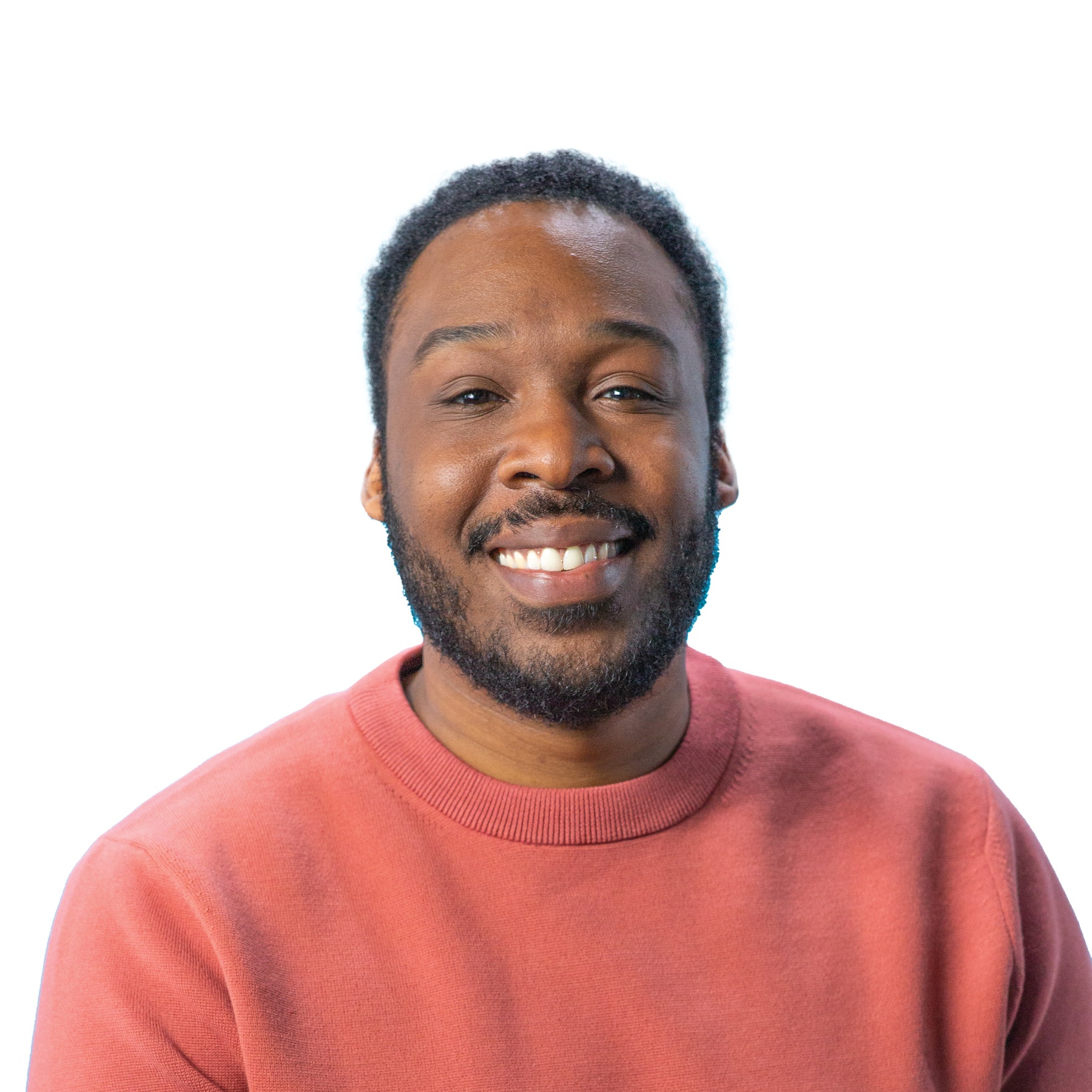
The Power of Playful Learning
These four STEAM Heroes show us something important: the most meaningful work happens when we combine serious problem-solving with playful, creative thinking. They didn't just study their subjects. They learned to see problems as puzzles to solve creatively.
When students connect classroom learning to the jobs of real-world STEAM Heroes, they see paths leading to careers like these where they can create a brighter future for their communities. They see why math matters, why science is exciting, and how creativity can change the world.
They understand that learning isn't simply acing tests. There are real problems to solve that require content knowledge, application, and skills to make their communities better.
As we celebrate World Play Day, let's remember that play isn't the opposite of serious learning. It's fuel that makes learning powerful, meaningful, and fun.
Ready to design a play spot that makes your city more playful while solving real community problems? Download the World Play Day Educator Toolkit, including a ready-to-go series of activities and resources you and your students can use to explore as they think critically, collaborate, and create.
The future is in their hands—and it starts with play.
